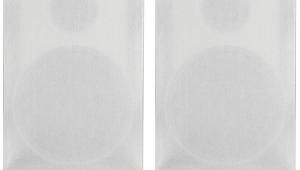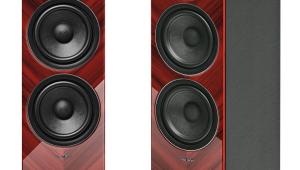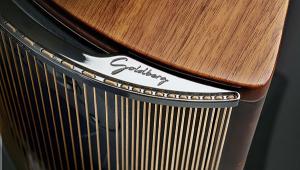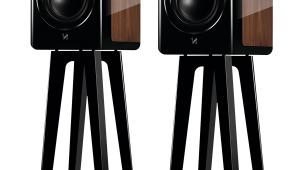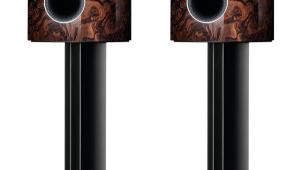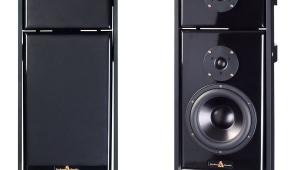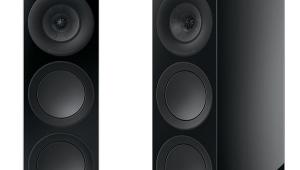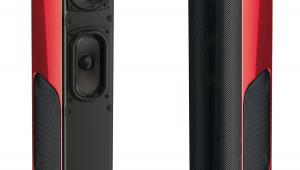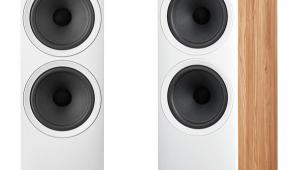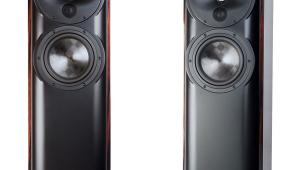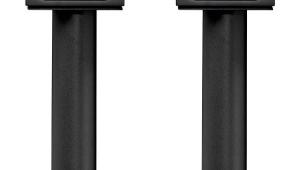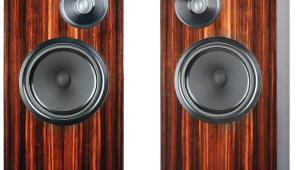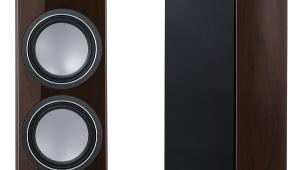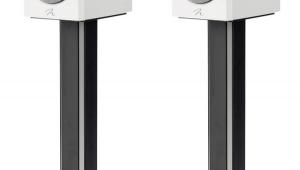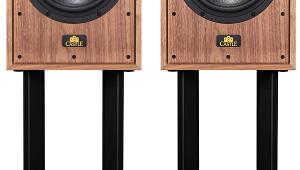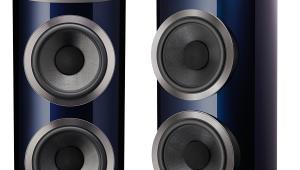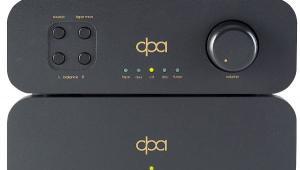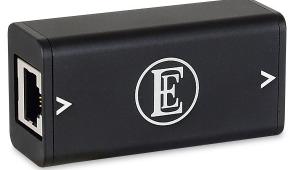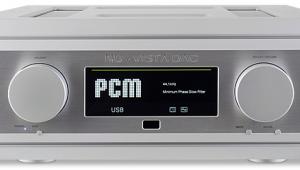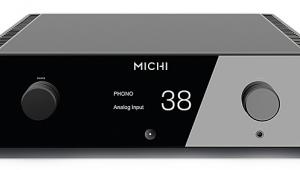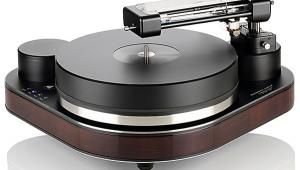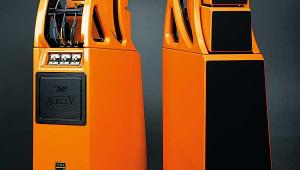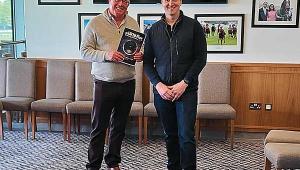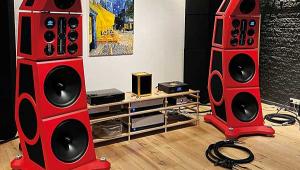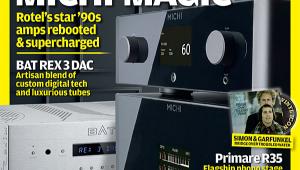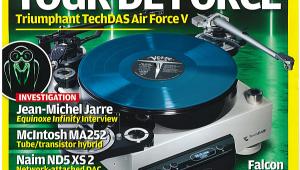Gershman Acoustics Grand Studio II Loudspeaker Flipping Facts
Speaker stacking is, at best, an art of compromise. If the two speakers are wired in parallel then the designer gains 3dB in sensitivity albeit also halving the load impedance and doubling the current required of the attached amplifier. So no free lunch here! Interestingly, Gershman quotes a difference of just 1dB between single and stacked Grand Studio speakers (87dB vs. 88dB, respectively). Otherwise, the principal engineering obstacles are acoustical rather than electrical. Flipping one enclosure atop another creates an 'MTTM' rather than 'MTM' D'Appolito array because there are not one but two tweeters, the distance between their respective acoustic centres determining the frequencies at which nulls (cancellations) and lobes (reinforcements) will inevitably occur.
Measured precisely on-axis between the two 25mm tweeters, our forward response showed a broad depression centred around 1.9kHz and a notch at 7.6kHz – related to the wavelength and quarter wavelength, respectively, between the two tweeter centres. Listening above or below a precise vertical axis will typically exaggerate this comb filter effect and, importantly, create progressively bigger differences in direct and reflected sound, especially off the ceiling and floor.
A few brands have attempted positioning two close-mounted tweeters onto a common baffle, but fewer still have been successful. For example, Dynaudio's previous generation of floorstanding Confidence speakers had dual tweeters in a limited 'Bessel Array', albeit integrated via an 'incredibly complex crossover to help form a sound beam that would reduce reflections from floors and ceilings'. Dynaudio's latest Confidence floorstanders now have a single tweeter dome within a waveguide between two midrange drivers... PM
